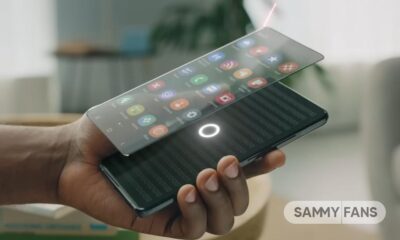Technology
Samsung ISOCELL HP2 200MP Camera Technology Analysis

Samsung recently unveiled a 200MP ISOCELL HP2 camera sensor with improved pixel technology to capture beyond pro-level photos in ultra-high resolution. Samsung Galaxy S23 Ultra smartphone is going to have this powerful camera sensor.
Follow Sammy Fans on Google News
Through Samsung’s 200MP HP2 camera sensor, the company is pointing to a different tech tree this time around. It is most likely Galaxy S23 Ultra main camera CMOS with a size of 1/1.3 inch, 200MP 16 in 1, and a single pixel of 0.6μm. However, we’re not surprised by the size, let’s check other perspectives.
Join Sammy Fans on Telegram
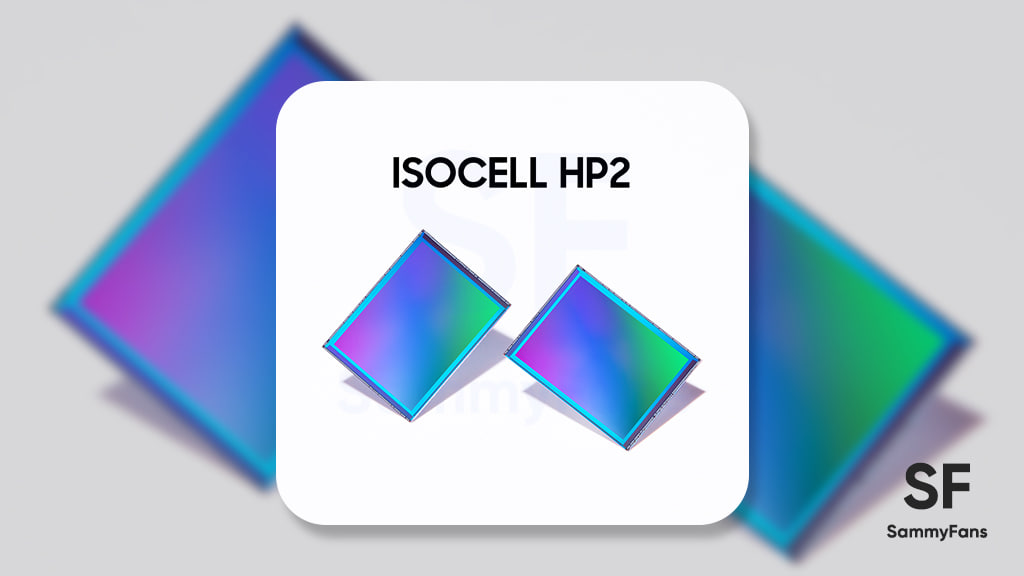
D-VTG Technology
HP2 camera sensor adopts D-VTG (Dual vertical transfer gate) technology that greatly increases the full well capacity (FWC) of a single pixel. The well capacity is 33% higher than the previous generation ISOCELL. Most importantly, the smartphone’s CMOS with limited planar size, especially the HDR highlight suppression and the signal-to-noise ratio under sunlight.
The HP2’s D-VTG technology appeared in a paper published by Samsung in the Journal of Solid State Electronics. A transmission gate TG corresponding to the photodiode PD is changed into two, and the TG is placed vertically with respect to the PD, which is called a Dual VerticalTransfer Gate.
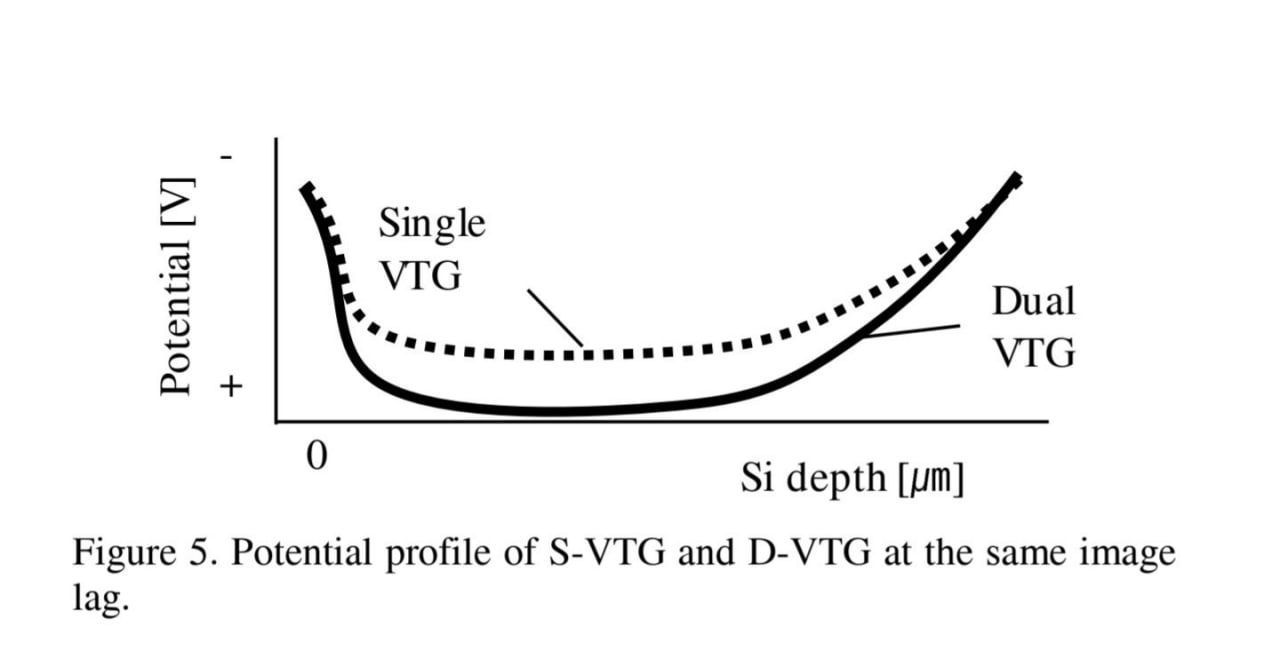
The benefit of D-VTG technology is that it not only has better conduction efficiency because TG controls the flow of electrons from PD to FD but it may well also increase the potential difference of charge, thereby increasing the maximum number of electrons that PD can carry.
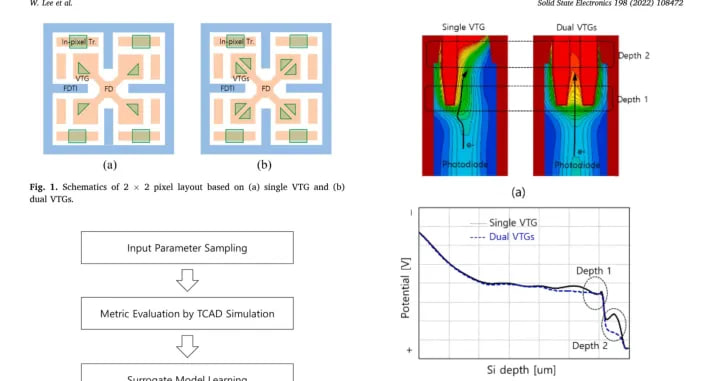
Samsung designed a single pixel with 6,000 electrons, which has been increased to 9,000 electrons through the new technology, i.e., 1.5 times the maximum consumption, compared to the 33% improvement currently advertised by HP2.
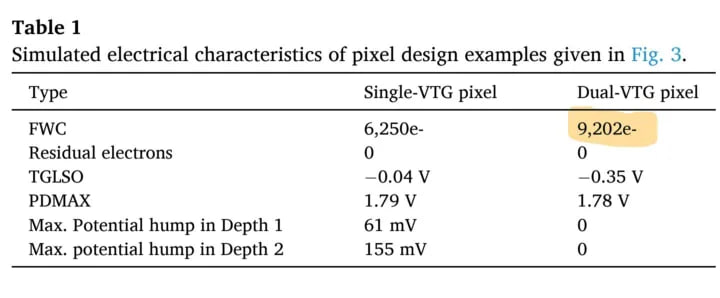
Samsung HP2 200MP camera sensor is a full well of 10,000 electrons in a single pixel. It is important to note that the pixel size of A7R4/R5 is very large, and there are only 36,000 electrons in a full well.
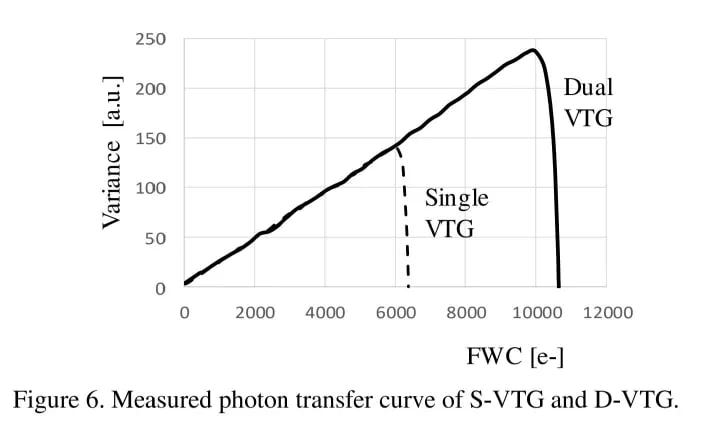
Dual Slop Gain
Samsung introduced Dual Slope gain technology in the ISOCELL HP2 for the first time in Samsung’s image sensor lineup to take HDR for high-resolution images to the next level. In all pixels, it applies two different conversion values when light is converted into a digital signal.
The “two different conversion values” mentioned by Samsung are actually the readout capacity of the two FD areas, one larger and one smaller, and the smaller capacity corresponds to the higher conversion gain, the higher the conversion gain.
Conversion gain can be seen as slope, that is voltage converted into a unit of electron energy and the unit is mV/e-, which is the origin of slope in propagation.
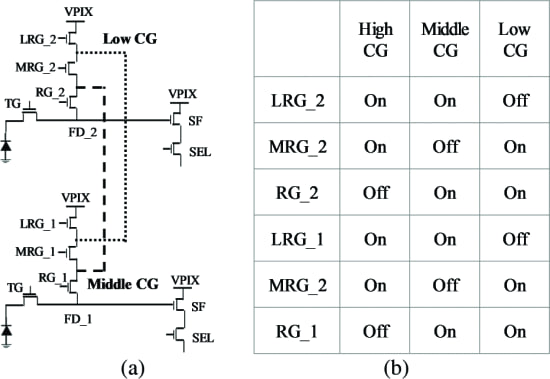
It is actually mentioned that the FD field capacitor is switched to switch the conversion gain, but Samsung’s paper shows three capacitors playing a three-gain TCG. Sadly, in the current state, HP2 is not installed.
200 MP and Focus
The HP2 really is the right direction for mobile photography. It’s not that the HP2 has more pixels, but Samsung chose to grow the sensor vertically so it has a chance to compete with an inch, especially since the bottom half of the phone is usually equipped with a larger aperture.
HP2’s 200 million pixels is the equivalent of 4 in 1 5000w pixels, divided into four grids for Quad PD focusing, i.e. tilt and horizontal/vertical phase can be detected.
HP2 is the most balanced main camera CMOS at present. It should be considered a 50mp four-in-one, but each tiny pixel has its own focus function, as its DSG function can’t be turned on at 200mp. Meanwhile, reading speeds at 200mp are just 15fps, which is pretty low for a stack-heavy phone.
Samsung
A tech lover’s journey with the Samsung Galaxy Z Fold4: A tale of disappointment
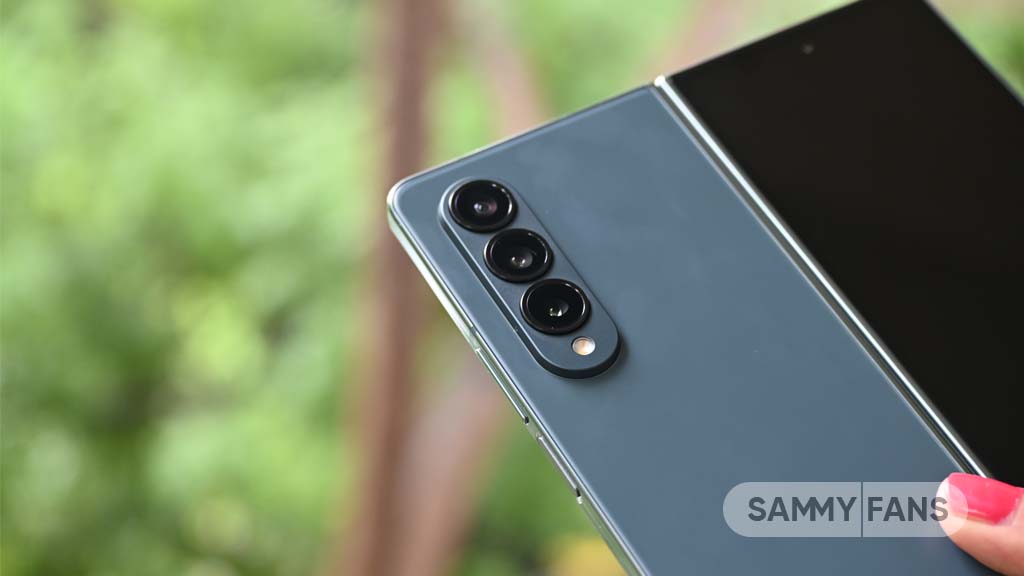
I have been a huge fan of technology, always eager to explore the latest electronic gadgets including smartphones, headphones, laptops, and several others. I have owned the Samsung Galaxy Z Fold4 5G for two years now, using it as my secondary phone for the last year.
I have always treated it carefully, so you can imagine my situation when I noticed a small black dot on the inner screen of the fold. It wasn’t long before the entire inner display stopped working, while at the same time, the outside screen remained just fine.
This has been quite a setback for me, particularly because I paid over $2000. You expect something that expensive to last, right? But here I am, with a phone where the main feature—the folding screen—is dead. Samsung wants around $650 to fix it, which seems a lot, especially since the phone itself is now only worth around $800-900 if I go for the trade-in. This questions how well these expensive foldable phones hold their value over time.
What’s even more frustrating is not knowing why the screen failed. After using various Samsung foldable phones over the years, this issue makes me think twice about the reliability of the foldable. It’s not just about my experience; it’s a concern for anyone interested in foldable technology.
I am highlighting a difference between Samsung’s marketing narrative, where the company positions itself as a leader in innovation and customer service and the experience with its products. The failure of the Samsung Galaxy Z Fold4’s inner display questions whether Samsung truly stands by its products when the product faces issues.
By sharing my experience here, I want to inform other buyers like me about the potential pitfalls of purchasing such high-end tech. I also want to influence Samsung to reconsider its approach to customer service and product reliability by bringing attention to these issues.
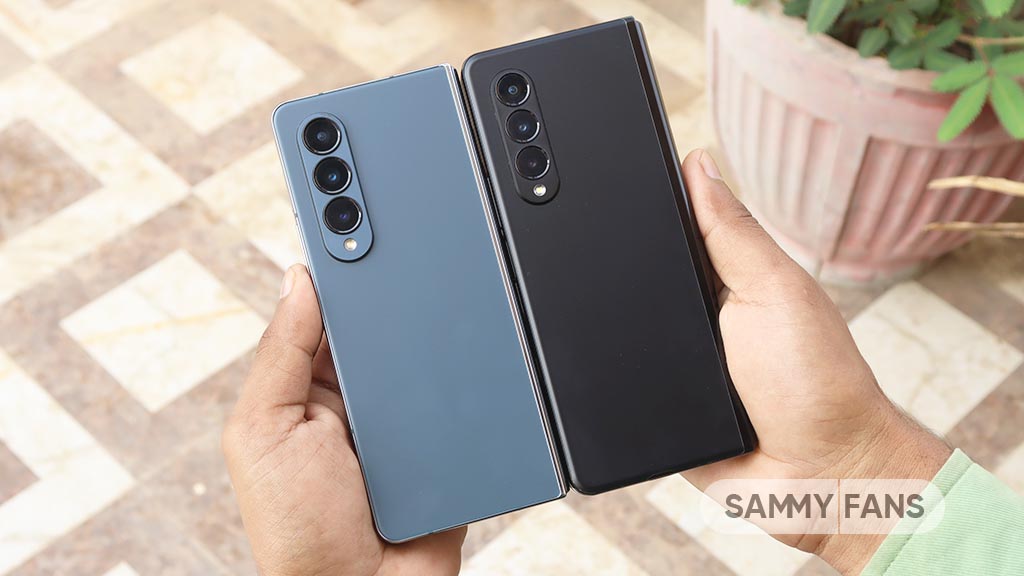
Despite being excited about the concept of foldable phones, especially the easy multitasking feature (my favorite), this negative experience has led to hesitation (or doubt in my case) about future purchases.
I hope Samsung will recognize these customer experiences and attempt to address such issues, either through improved product design, enhanced customer support, or more transparent communication about product limitations or potential issues.
These sudden breakdowns are damaging Samsung’s foldable phones’ reputation and might make potential buyers think twice before getting one.
Disclaimer
I have reviewed all Samsung Galaxy Z Fold and Flip devices launched to date. I will share more information on my X account. You can connect me there.
Technology
Samsung phones might use TSMC-made Exynos chip

Samsung Galaxy S25 series could not use Exynos 2500 due to yield concerns. A new rumor suggests that Samsung could manufacture a future Exynos chip using a TSMC process node. It’s a very wild input, rendering fans in a head-scratching situation.
Tipster Jukanlosreve claimed that Samsung is “considering” manufacturing Exynos with TSMC. The revelation appears at a time when we are nearing to the potential Galaxy S25 series unveiling early next year.
Recently, it was reported that TSMC’s 3nm yield rate is above 80%. It’s a stable yield rate, with rumors citing the rate is peaking up to 90%. Usually, chip manufacturers target a 70-75% yield rate to conduct mass production of chipsets.
TSMC is the biggest rival of Samsung Foundry business. Over the years, the Taiwanese firm widened the gap with its Korean counterpart. It has plenty of major clients including Apple, Qualcomm, MediaTek and Google.
Until the Pixel 9’s Tensor, Samsung has produced Google’s chipsets. However, the Pixel maker switched its production partner, taking TSMC in. The planned 3nm Exynos 2500 is also reportedly canceled due to extremely low yield.
Samsung + TSMC: Is it possible?
An alliance between Samsung and TSMC is not impossible, it could indeed be materialized. Samsung’s System LSI business designs Exynos for Galaxy devices. Samsung Foundry is responsible for the fabrication of mobile platforms.
Silicon manufactured using the TSMC process is way better than Samsung Foundry-made products. TSMC chips offer better performance and decent power efficiency, as well as lower overheating concerns than Samsung Foundry.
We’ve heard Samsung’s plan to spin off its Foundry division in the next three to five years. Until the Samsung Foundry reaches an adequate level of yield rate and manufacturing advancements, System LSI can ink a deal with TSMC.
Technology
Is Samsung’s Galaxy Watch skipping out on Apple’s LTPO OLED advantage?

After the Watch 10 series launch last month, the smartwatch market is buzzing with excitement for the upcoming Apple Watch 11. Reports indicate that Samsung plans to work with Apple on developing LTPO OLED technology for the new watch, while the Galaxy Watch seems to be falling behind in adopting this technology.
Apple first introduced LTPO OLED technology in its Apple Watch series with the Watch 4 and has made improvements since then. Released in 2023, the Apple Watch Ultra 2 uses LTPO2. Now, the latest LTPO3 is available in the Apple Watch 10 series.
In addition to the Apple Watch, both the Pixel Watch 2 and OPPO Watch 2 also feature LTPO displays. However, it remains uncertain whether Samsung will adopt LTPO technology for its Galaxy Watch models.

Samsung Display has been a leader in the OLED market and has previously supplied displays for Apple products, including the Apple Watch. However, Samsung is currently focusing on its Galaxy Watch line, which uses Super AMOLED displays. These displays are colorful and perform well, they don’t offer the same power savings as LTPO technology.
The Korean tech giant has been successful with this approach in the smartwatch market but it hasn’t yet adopted the new LTPO technology for its watches. Still, Samsung is expected to participate in future developments for Apple’s upcoming watch model, the Apple Watch 11 series.
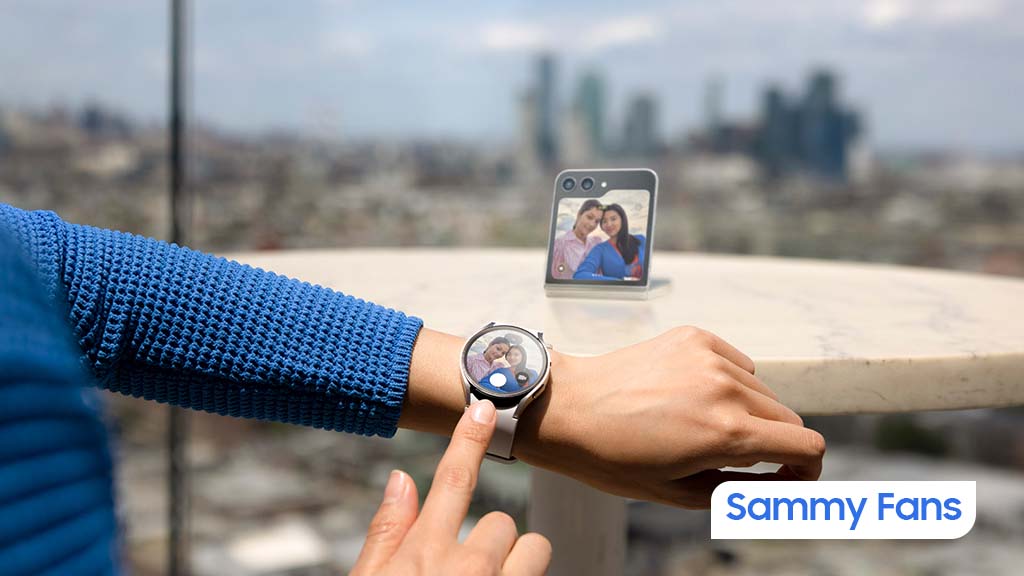
Notably, LTPO stands for low-temperature polycrystalline oxide, a technology that combines oxides with low-temperature polycrystalline silicon. LTPS provides fast responses to make displays quick to react, while oxide TFTs are more energy-efficient. By blending these two technologies, LTPO helps reduce power use, which can extend battery life.
Despite plans to provide LTPO OLED to Apple, Samsung currently has no plans to apply this technology to the Galaxy Watch. This means that the Galaxy Watch will miss out on the benefits of advancements in LTPO OLED technology. Stay tuned for more updates.
Apple iPhone 17’s LTPO upgrade is double-edged sword for Samsung

